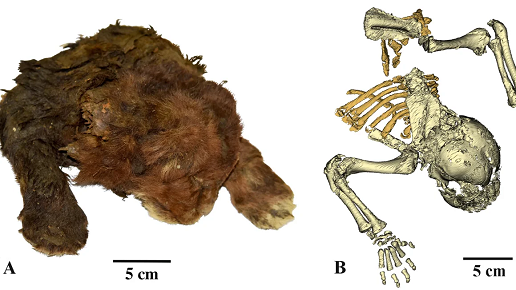According to the Ministry of Culture, the triennial Donggang King Boat Ceremony (東港迎王平安祭典) concluded successfully at the Zhenhai Park, Pingtung on Oct. 31. Pingtung County magistrate Pan Men-an (潘孟安) announced that the government will begin the construction of the King Boat cultural museum, which will present a one-to-one scale King Boat, and a technology-driven immersive theater.
Read More: NDC aims to attract a total of 100,000 foreign professionals by 2030 under the revised Act
1111.jpg)
Pingtung will continue to hold triennial King Boat Ceremony. (Photo / Provided by the Pingtung County Government)
Pan stated in a Facebook post that the ceremony is an important intangible cultural asset of Taiwan for more than a hundred years. The Pingtung government has been planning for the establishment of the King Boat cultural museum since 2018, with the aims of preserving the cultural activities of the King Boat ceremony, and the wisdom of the King Boat's builders.
Pan revealed that the exterior of the cultural museum resembles the King Boat, the featured designs of the building include having an opening at the top of the building, symbolizing the "eye" of the King Boat, and the round holes surrounding the boat represent splashes of water. Additionally, there will be an observation deck as well as a suspended ceiling keel inside the building.
Read More: A way to show love for Taiwan, new immigrants participated in beach cleanup
1111.jpg)
Pan revealed that the exterior of the cultural museum resembles the King Boat. (Photo / Provided by the Pingtung County Government)
Besides participating in the Donggang King Boat ceremony which is held every three years, the public can experience the charm of the ritual at the cultural museum at all times, Pan added.
Began in 1684, the Donggang King Boat Ceremony is concluded by burning the king's boat as a way of sending deities Wang Ye (王爺) on their way back to the Heavenly Court. The festival was originally held to banish evil spirits but has since evolved into a celebration of peace and security. In 2011, the ceremony was listed as part of Taiwan's intangible cultural heritage.

1111.jpg)





